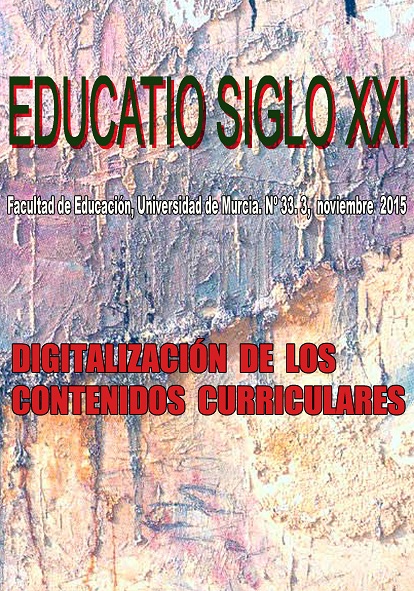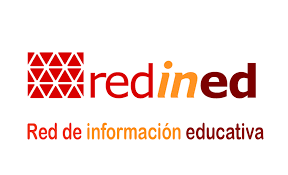Migrations, Digitalizations, and Teaching Practice in Argentina
Abstract
The use of digital books entails the diversification of digital-based format components. The use of hypertextual links modifies the reading process by incorporating new cognitive competencies which widen the meaning which authors originally gave to their work. Having studied this change from our first research (Esnaola Horacek, 2003) to the current scenario in the world, and more specifically in Argentina, it can be concluded that screens have gained room and practice with very relevant ubiquity and transparency. We support the idea that this changing process in formats starts generating “cognitive residues” (San Martín Alonso, 1995, p. 158) in the “Alphabetic Mind” (Havelock, 1982) inherent in the reading and writing processes by incorporating the new processes of “kaleidoscopic reading” (Murray, 1997). This process impacted on the walls of all institutions, especially of schools, transforming paper surfaces into screens. Data obtained will help us reflect on the impact that all these changes have on the development of both the critical reader and the creative writer, starting from teachers and the multiple transformations aiming at renewing “classical school textbooks”. We also seek to open reading to the multiple meanings underlying our contemporary world through hypermedia which invite us to go through “the garden of forking paths”, anticipated by Borges in 194941...Downloads
-
Abstract637
-
PDF (Español (España))565
Original work publishes in this journal is subject to the following terms:
1. Murcia University Press (the publishing house) holds the copyright of the publishes work, and favours and allows their reutilization under the use license stated in point 2.
© Servicio de Publicaciones, Universidad de Murcia, 2015
2. Work is published in the electronic edition under a license (Creative Commons Reconocimiento-NoComercial-SinObraDerivada 4.0 España (legal text). They can be copied, used, disseminated, transmitted and publicly presented, as long as: i) authorship and original publication source is acknowledged (journal, publishing house and URL of the work); ii) are not used for commercial purposes; iii) the existence and specifications of this use license is stated.
3. Conditions for self-archive. Authors are allowed and encouraged to disseminate electronically the pre-pint (before review) and/or post-print (accepted for publication) versions of their work before their publication since that favours earlier circulation and dissemination resulting in an increased chance for the authors to be cited and for the work to reach a bigger share of the academic community. Colour: RoMEO: green.







